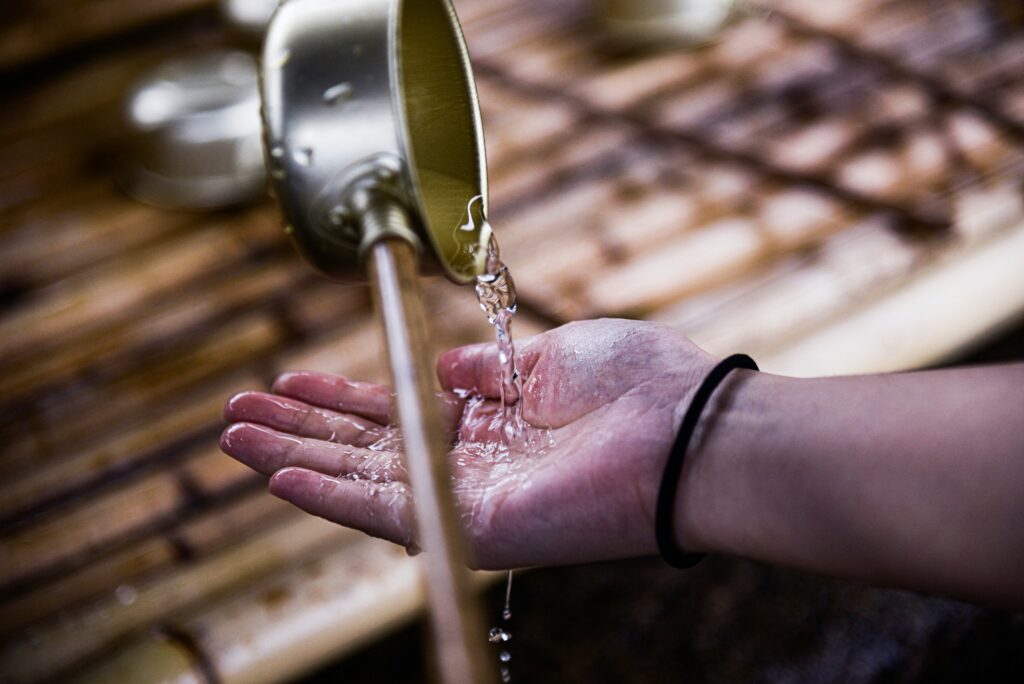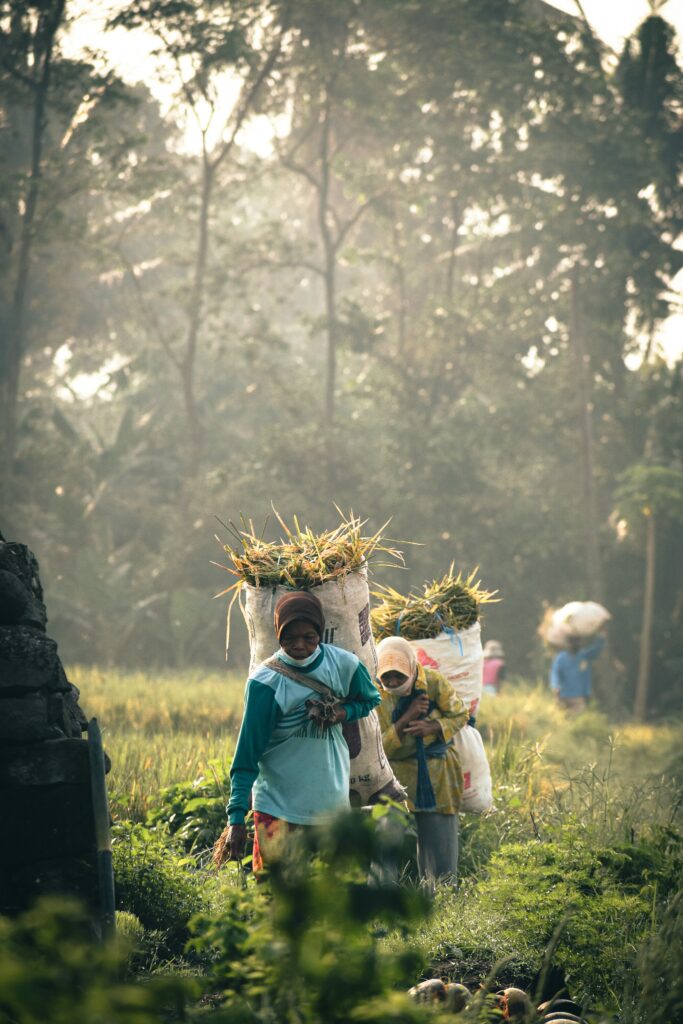Launched in August 2019, the Jal Jeevan Mission (JJM) is a flagship program of the Government of India under the Ministry of Jal Shakti, with the aim of providing Functional Household Tap Connections (FHTC) to every rural household by 2024. It marks a shift from infrastructure-based water delivery to an outcome-focused, service-delivery model.

Objectives of Jal Jeevan Mission
The mission envisions ensuring:
- Safe and adequate drinking water through individual household tap connections to all rural households.
- Priority to water-scarce areas, quality-affected habitations, drought-prone regions, and tribal areas.
- Community participation and capacity building for sustainable water supply management.
- Integration with existing schemes like MGNREGS, Swachh Bharat Mission (Gramin), and Har Ghar Jal for convergence.
Financial Outlay and Funding Pattern
The total budget outlay for JJM (Rural) from 2019 to 2024 is ₹3.60 lakh crore, with ₹2.08 lakh crore allocated by the Central Government.
The fund-sharing pattern is:
- 90:10 for NE and Himalayan states
- 60:40 for other states
- 100% for Union Territories
In Union Budget 2024-25, the government allocated ₹70,000 crore for JJM, indicating continued commitment.
Current Status (As of 2025)
As per data available till May 2025:
- Over 13 crore rural households now have tap water supply, covering ~89% of rural homes.
- Goa, Telangana, Haryana, Gujarat, and Punjab have achieved 100% Har Ghar Jal status.
- Over 6 lakh villages have certified their status through community-based verification.
Implementation Strategy
- Village Action Plans (VAPs) are created under Gram Panchayat leadership.
- Focus on source sustainability, including groundwater recharge and rainwater harvesting.
- Regular testing of water quality through Field Test Kits and district laboratories.
- Inclusion of Women Self Help Groups (SHGs) for operation and maintenance.
mpact and Importance
1. Health Improvements
Reduced waterborne diseases due to availability of clean drinking water at the doorstep.
2. Gender Empowerment
Women and girls, traditionally burdened with fetching water, now save time for education and livelihood.
3. Employment Generation
Job creation through local-level plumbing, water testing, and construction work.
4. Boost to Rural Infrastructure
Convergence with sanitation and employment schemes has led to holistic rural development.
Comparison with Previous Initiatives
Earlier schemes like the National Rural Drinking Water Programme (NRDWP) lacked community ownership and faced delays. JJM overcomes this by:
- Involving local communities through village-level committees.
- Setting clear outcome targets like Har Ghar Jal.
- Monitoring progress through the JJM dashboard and mobile apps.
Related Government Schemes to Internally Link
You can internally link Jal Jeevan Mission with:
- Swachh Bharat Mission (Gramin) – for sanitation convergence.
- Mission SUJALAM – greywater reuse and liquid waste management.
- MGNREGS – for labor support in water infrastructure.
- PM-KUSUM – solar energy for water pumping.
- Har Ghar Jal – certification process under JJM umbrella.
Challenges and Way Forward
Despite significant progress, issues like seasonal water scarcity, groundwater depletion, and delayed implementation in some states remain.
The mission’s success will depend on:
- Continued community engagement
- Timely fund disbursal
- Emphasis on water source sustainability
A future focus on digital monitoring, women-led water user groups, and climate-resilient infrastructure can make the mission truly transformative.
Conclusion
The Jal Jeevan Mission is not just about water supply—it is about restoring dignity, improving health, and empowering rural India. With consistent political will and community participation, this scheme stands as a model of inclusive, sustainable governance.
Further Information:
Official Website: https://jaljeevanmission.gov.in


